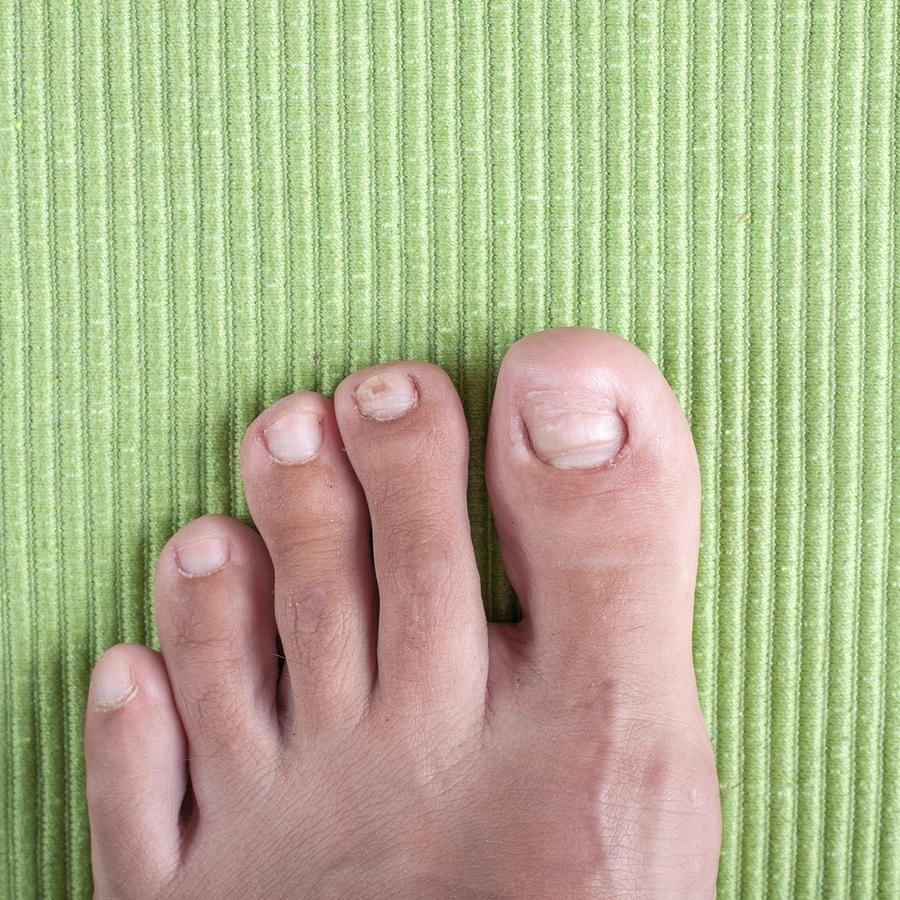FAQs About Ingrown Toenails
posted: May 29, 2019.
Onychocryptosis—that's the medical name for something millions of teens and adults suffer with. The common name is ingrown toenail, a podiatric condition in which the toenail grows into the surrounding skin. Are you experiencing the redness and pain of an ingrown toenail? Learn more by reading below, and call Dr. Angelo Pace, your foot doctor in Alexandria, VA, for treatment. He can help you feel better and stay comfortable on your feet!

FAQs about ingrown toenails
How do ingrown toenails happen? Ingrown toenails develop from friction and pressure against the inside of the shoe. Factors such as inherited foot structure, injury to the toe, or simply cutting nails too short/at an angle contribute to the tenderness, reddened skin, and possible infection of onychocryptosis.
How can you treat them? Mild cases of onychocryptosis can be treated with warm soaks, ibuprofen, and shoes with ample room in the toe box (to relieve pressure and friction). For more severe cases, patients should see their Alexandria, VA, foot doctor for treatment which may include antibiotics for infection and toenail clipping for removal.
Does an ingrown toenail have to be removed? An ingrown toenail does not necessarily have to be removed. However, as needed, the doctor can perform an in-office treatment called a partial nail plate avulsion to keep the nail from regrowing into the skin.
How can I prevent ingrown toenails? As advised by the American Podiatric Medical Association, ingrown toenails can be avoided by regularly wearing low-heeled shoes with wide toe boxes and clean, well-fitting socks. Additionally, patients should use clean nail clippers to trim all toenails straight across (never on a curve). Keep your feet clean by washing them daily with mild soap and warm water and drying them completely with a clean towel.
I am diabetic. Are ingrown toenails dangerous for me? Because many diabetics have impaired nerve function (neuropathy) and reduced peripheral circulation, they easily develop foot infections and ulcers. Both conditions can be dangerous and place patients at risk for amputations. All diabetics should see their podiatrists at least once a year or as advised by their primary care physicians.
See us right away
If you are concerned about the health of your toenails, please contact one of our Alexandria offices for a consultation with Dr. Pace. For our Walker Lane office, phone (703) 971-7100, and for the Sherwood Hall location, call (703) 971-7100.
